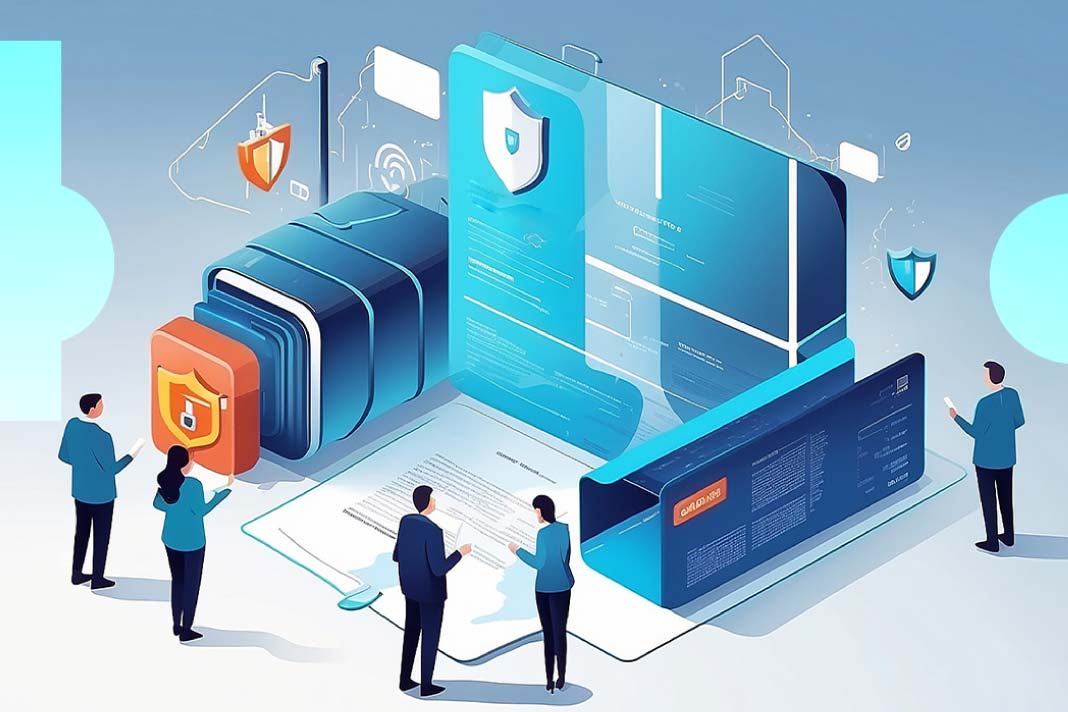Confused about ISMS? Don’t worry! This guide explains everything you need to know – what it is, why it matters, and how to implement it for enhanced information security, improved compliance, and a competitive edge.
In today’s digital age, protecting sensitive information is paramount. Businesses, organizations, and even individuals hold valuable data that requires safeguarding against ever-evolving cyber threats. An Information Security Management System (ISMS) is a robust framework for achieving this objective.
What is an ISMS?
An ISMS is a systematic approach to managing information security. It defines and implements processes, policies, and controls to ensure the confidentiality, integrity, and availability (CIA) of information assets. Think of it as a roadmap that guides your organization in securing sensitive data and minimizing the risk of breaches or unauthorized access.
Key Components of an ISMS:
- Information Security Policy: This document outlines the overall direction and commitment of the organization towards information security. It defines the scope of the ISMS and establishes guiding principles for data protection.
- Risk Assessment and Management: Identifying and analyzing potential threats and vulnerabilities is crucial. An ISMS defines methods for risk assessment, prioritization, and implementation of appropriate mitigation strategies.
- Asset Management: Classifying and understanding the value and sensitivity of information assets within the organization helps in allocating resources and prioritizing security measures effectively.
- Controls: These are specific actions or tools implemented to address identified risks. Common controls include access controls, encryption, firewalls, and employee security awareness training.
- Incident Management: A documented incident response plan ensures a swift and effective response to security breaches or suspicious activity. This plan helps minimize damage and restore normal operations quickly.
- Business Continuity and Disaster Recovery: An ISMS incorporates plans for restoring critical business functions in case of disruptions or disasters. This ensures continued operations and minimizes downtime.
- Monitoring and Improvement: Continuously monitoring the effectiveness of security controls and the overall ISMS is vital. Regular audits and performance reviews help identify areas for improvement and ensure the system adapts to evolving threats.
Benefits of Implementing an ISMS:
- Enhanced Information Security: A well-structured ISMS significantly reduces the risk of data breaches and unauthorized access, safeguarding sensitive information.
- Improved Compliance: Many regulatory requirements have specific information security standards. An ISMS helps organizations comply with these regulations and avoid potential fines or penalties.
- Increased Stakeholder Confidence: Demonstrating a commitment to information security through a formal ISMS fosters trust with customers, partners, and investors.
- Operational Efficiency: Streamlined information security processes improve overall operational efficiency and reduce costs associated with reactive security measures.
- Competitive Advantage: Strong information security practices can be a competitive differentiator, attracting customers and partners who value data privacy and protection.
Getting Started with an ISMS:
Implementing an ISMS can seem daunting, but it’s an achievable goal with the right approach. Here are some key steps:
- Assess your needs: Identify the information assets you need to protect and the threats your organization faces.
- Choose a framework: Popular frameworks like ISO 27001 offer standardized guidance for building an ISMS.
- Define your policies and procedures: Develop clear documentation outlining your information security approach.
- Implement controls: Implement your security measures, including technical and organizational controls.
- Train your employees: Educate your staff on their roles and responsibilities in upholding information security practices.
- Monitor and adapt: Regularly review and update your ISMS to remain effective in the face of evolving threats.
An ISMS is an ongoing process, not a one-time project. Continuous improvement and adaptation are essential to maintaining a strong information security posture.



